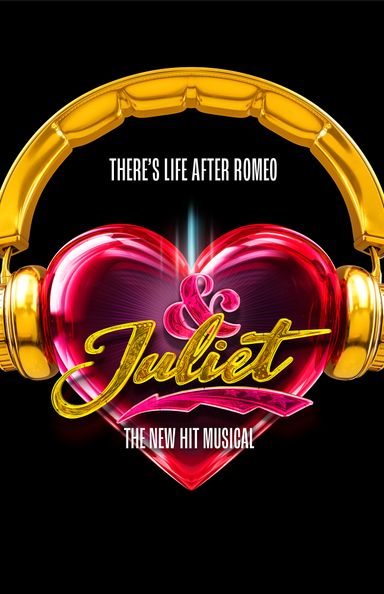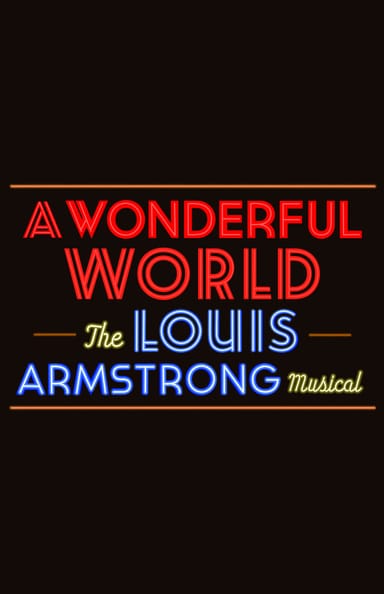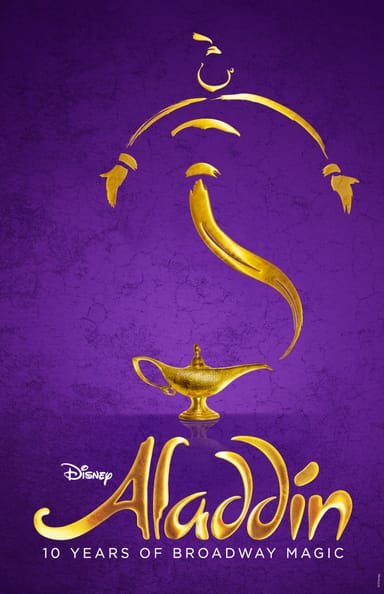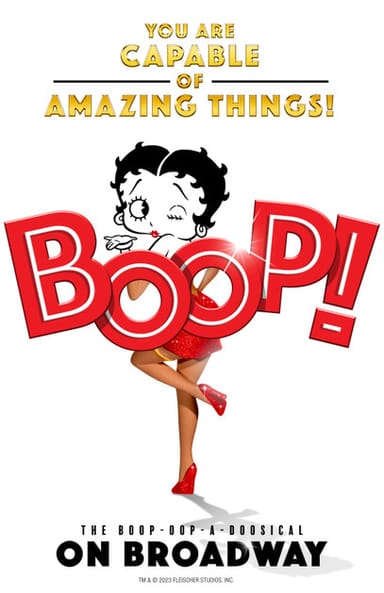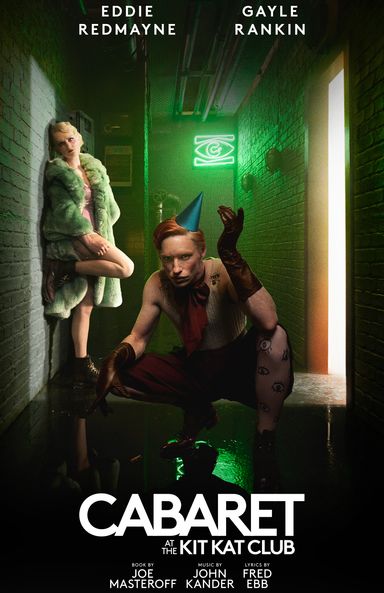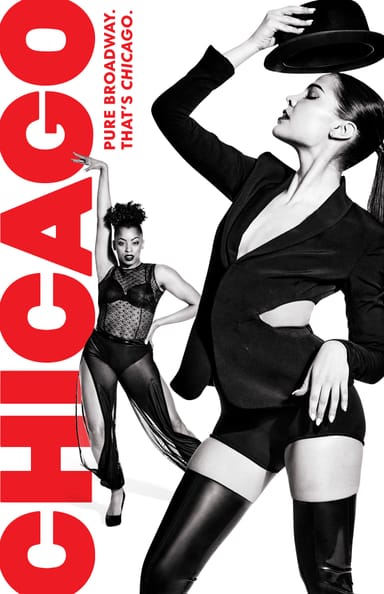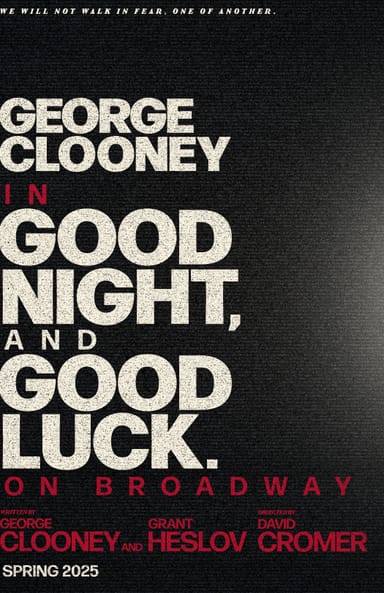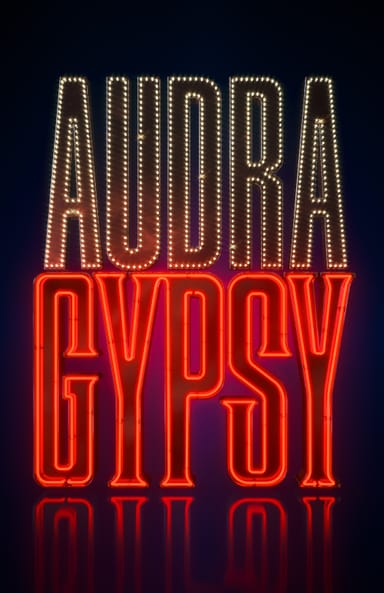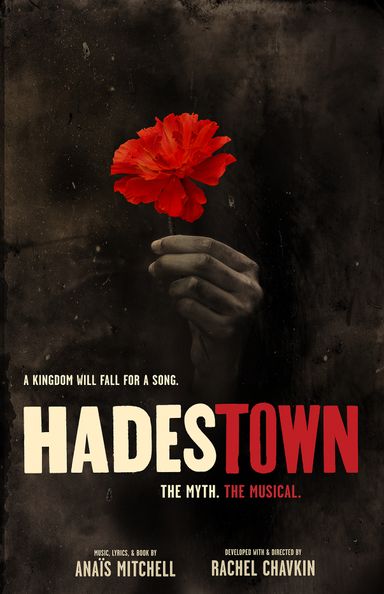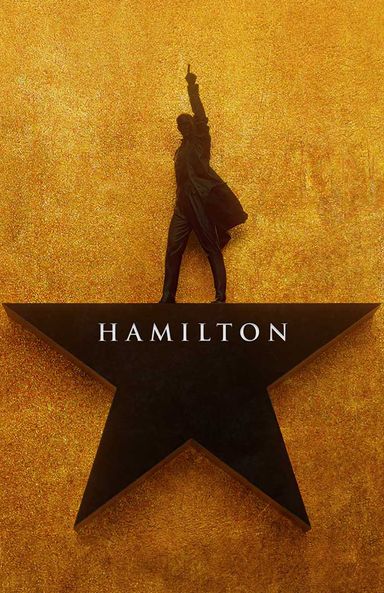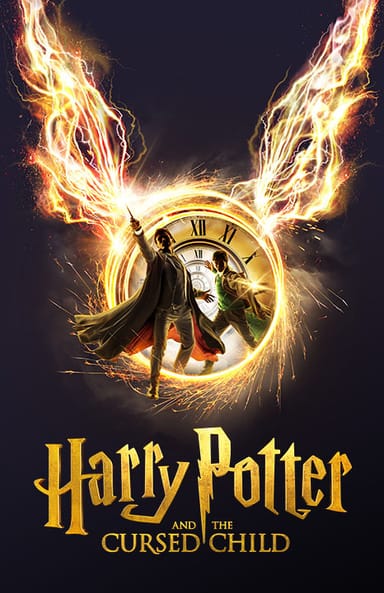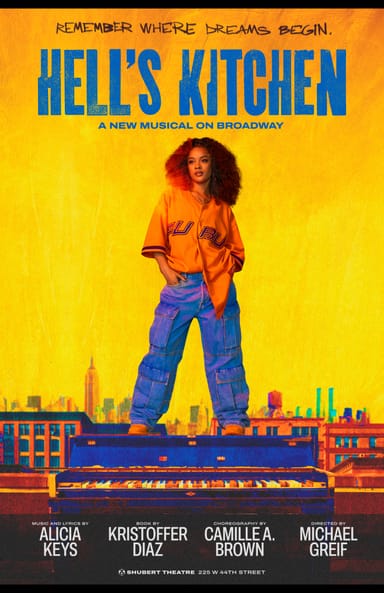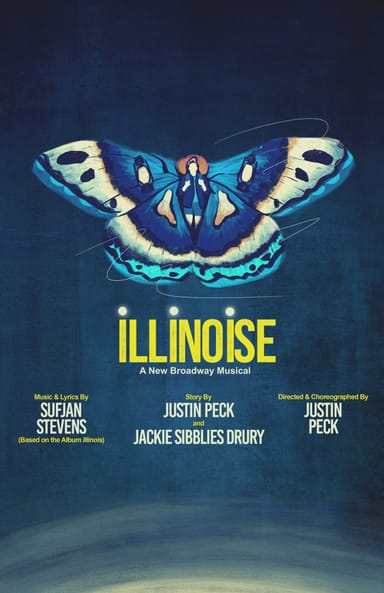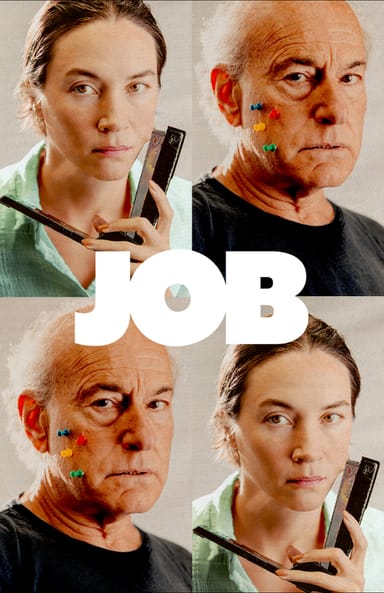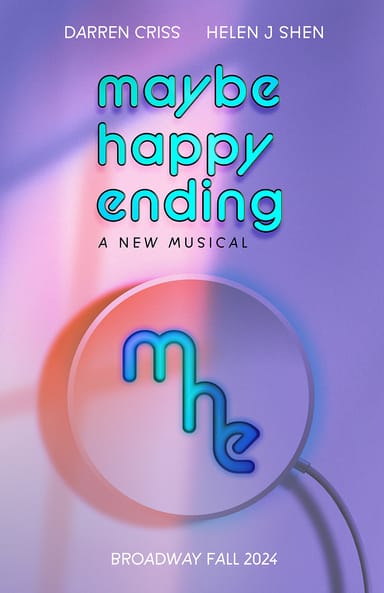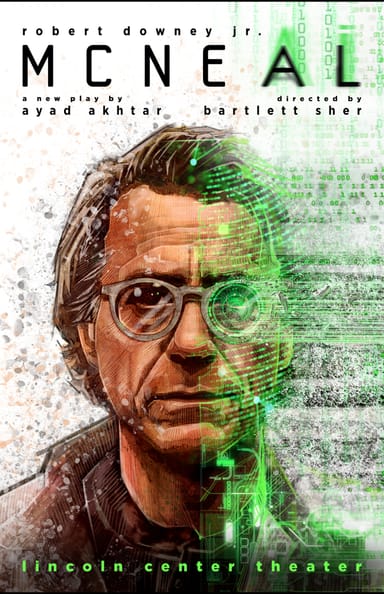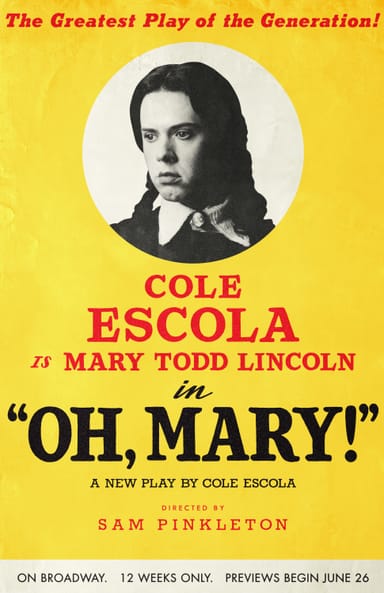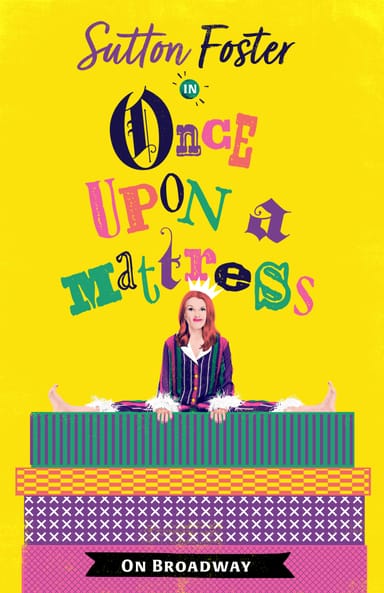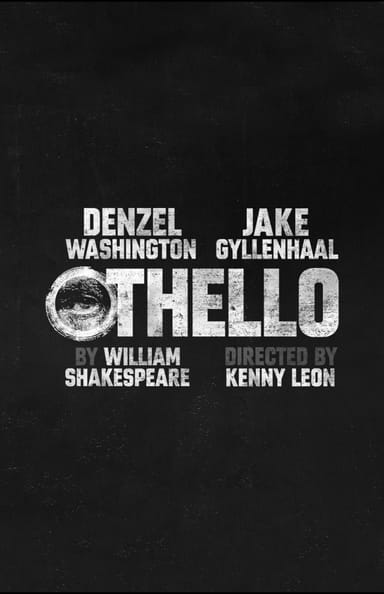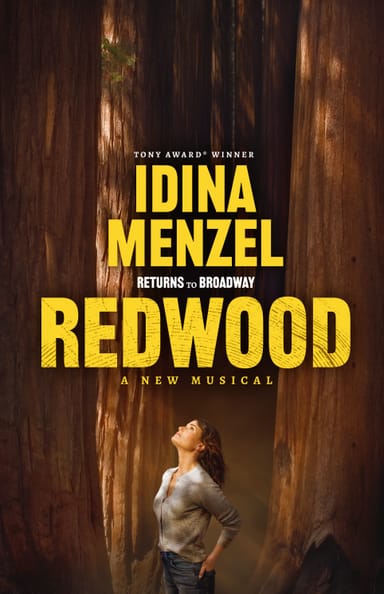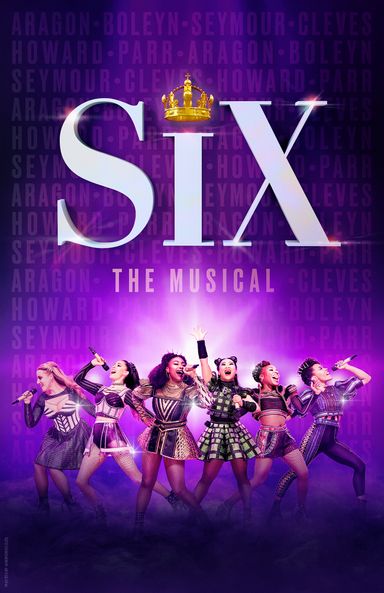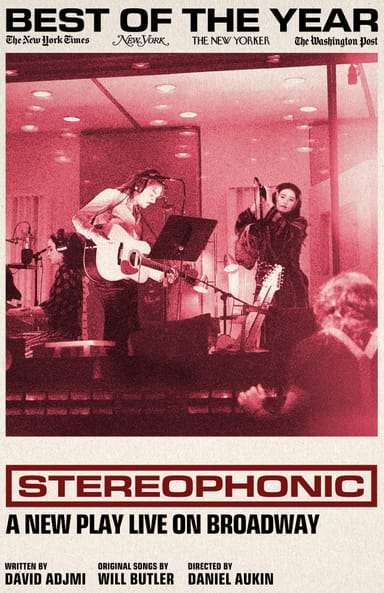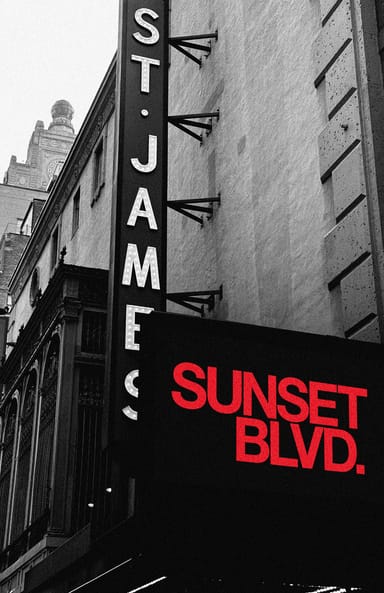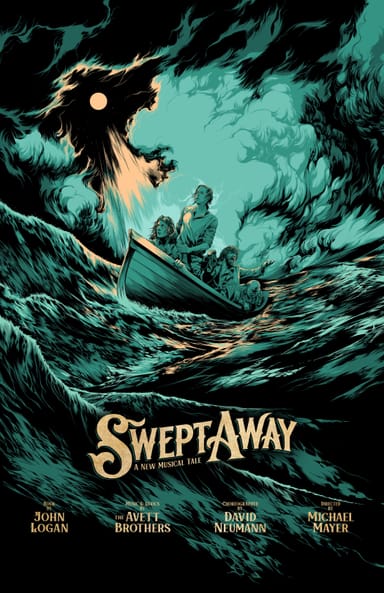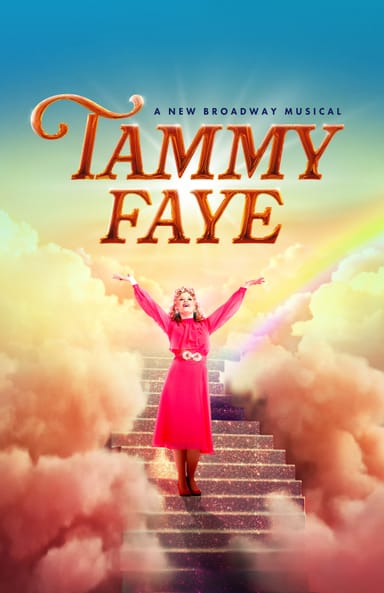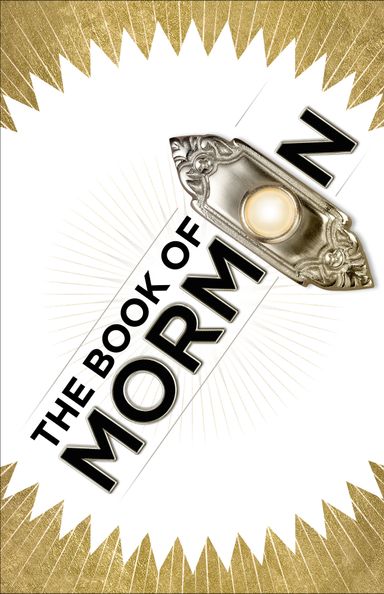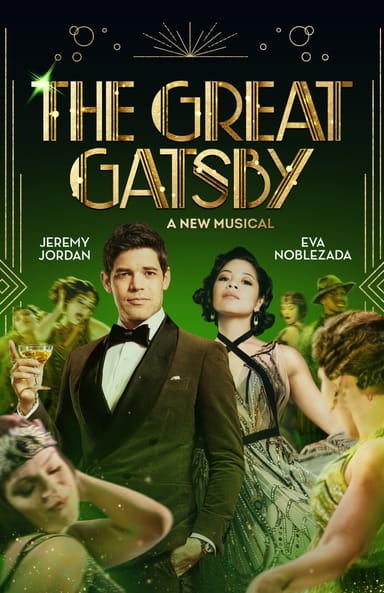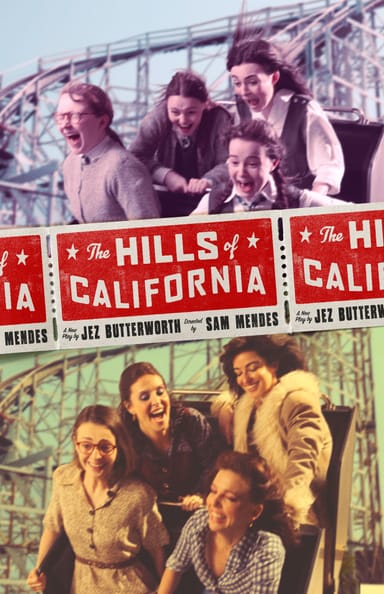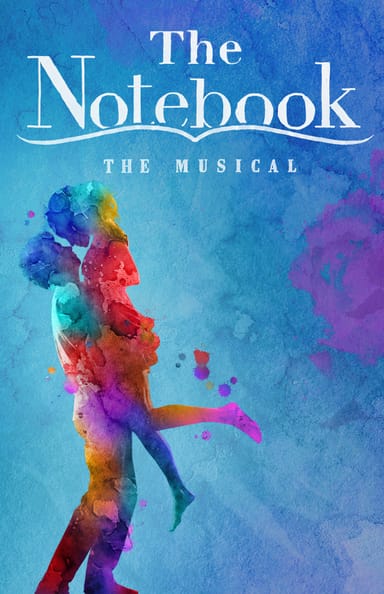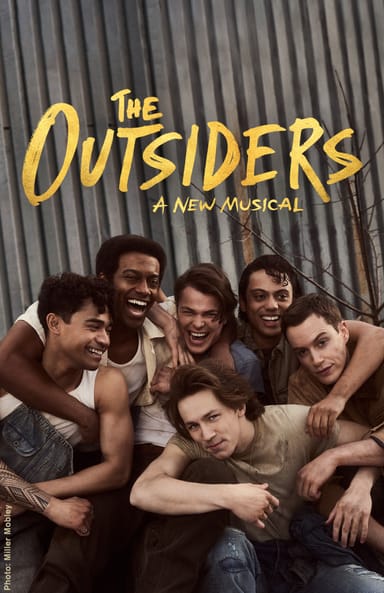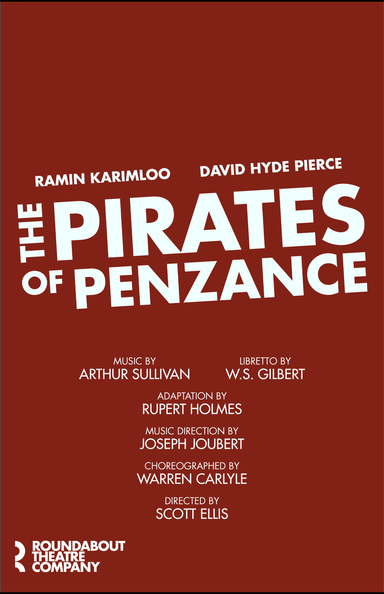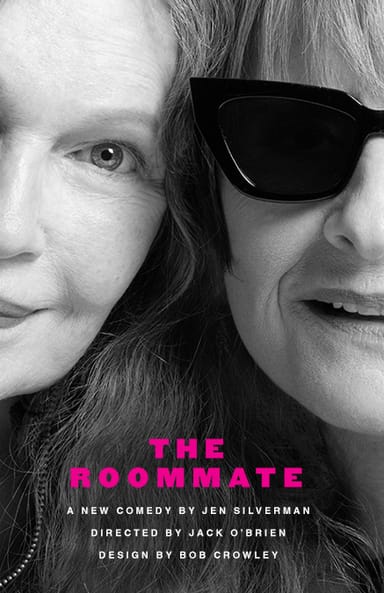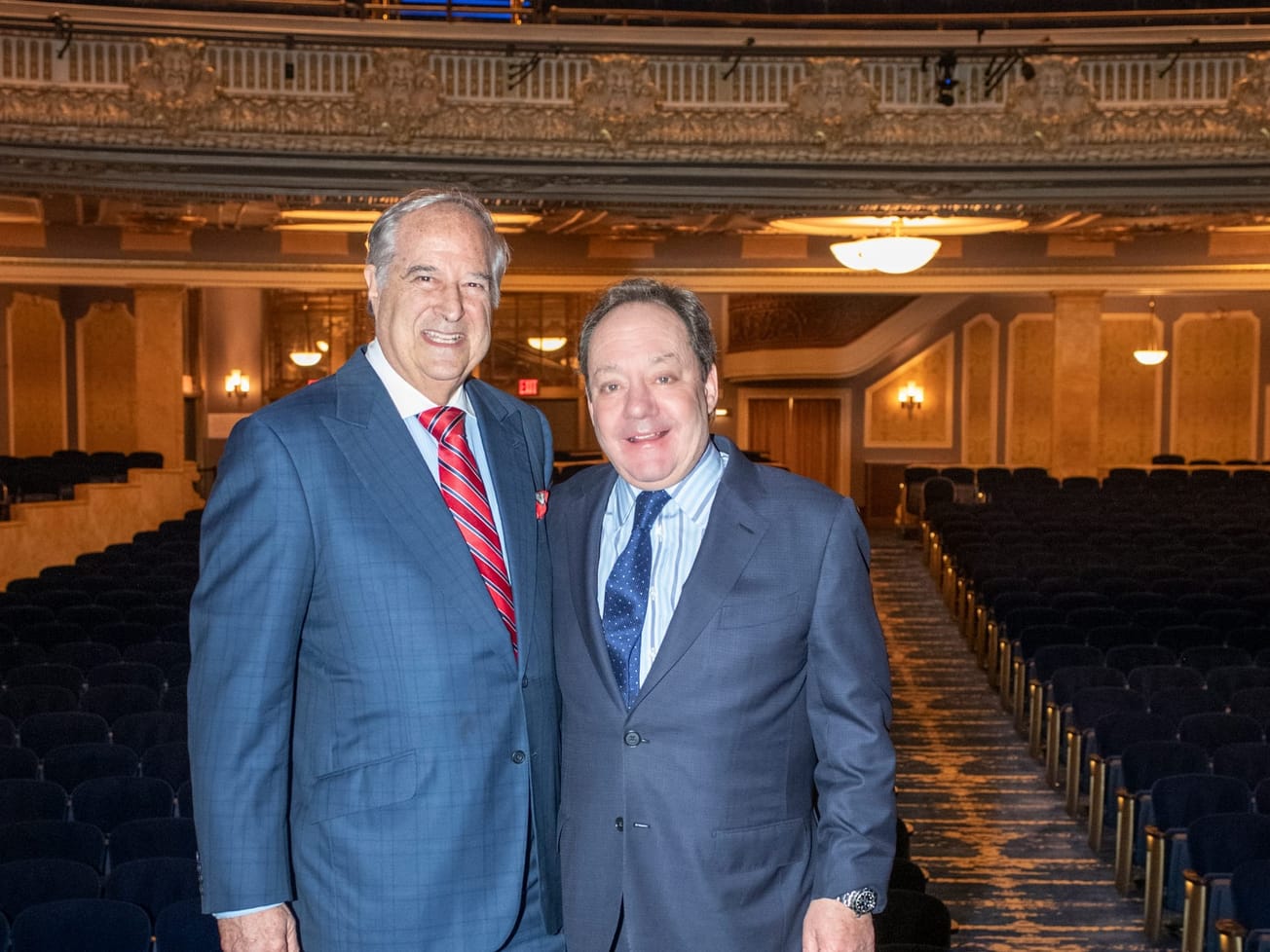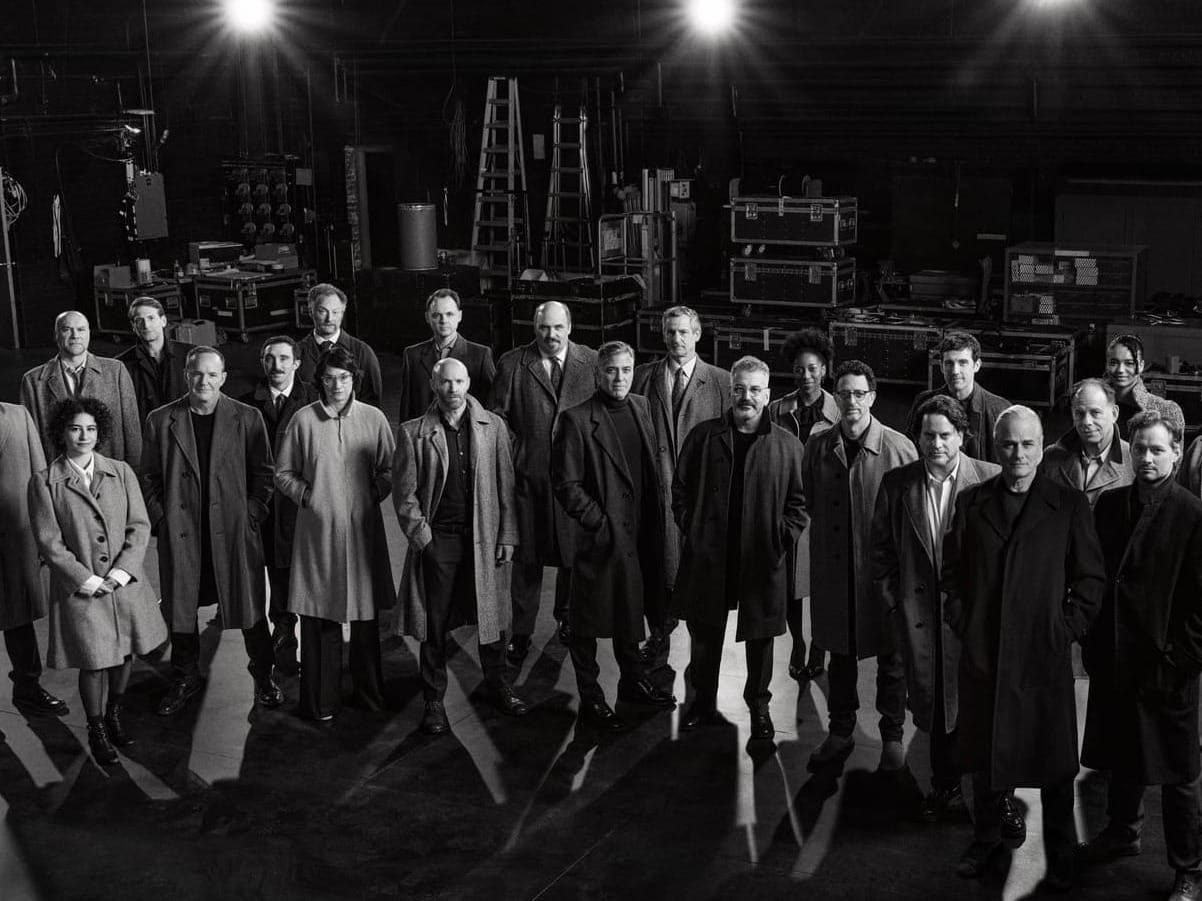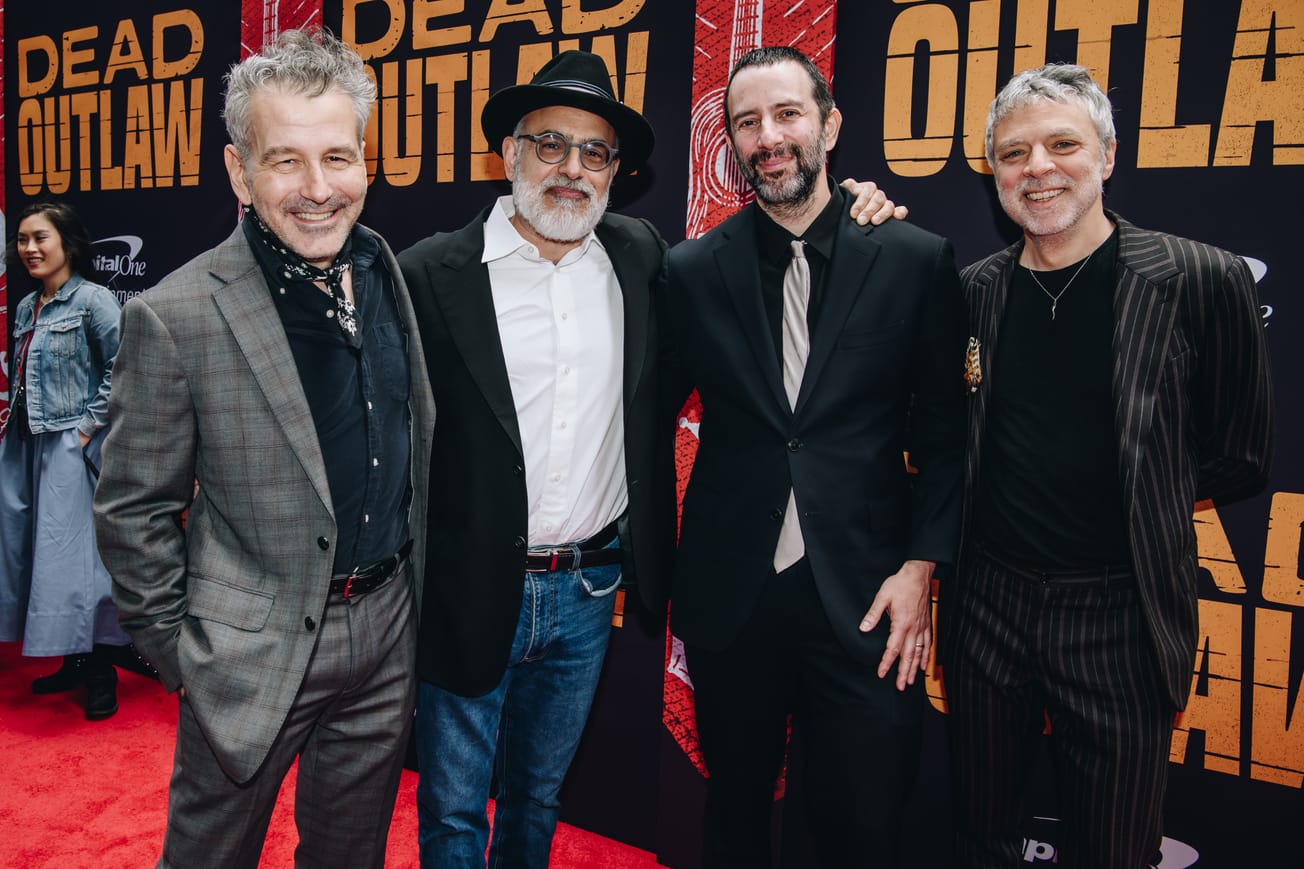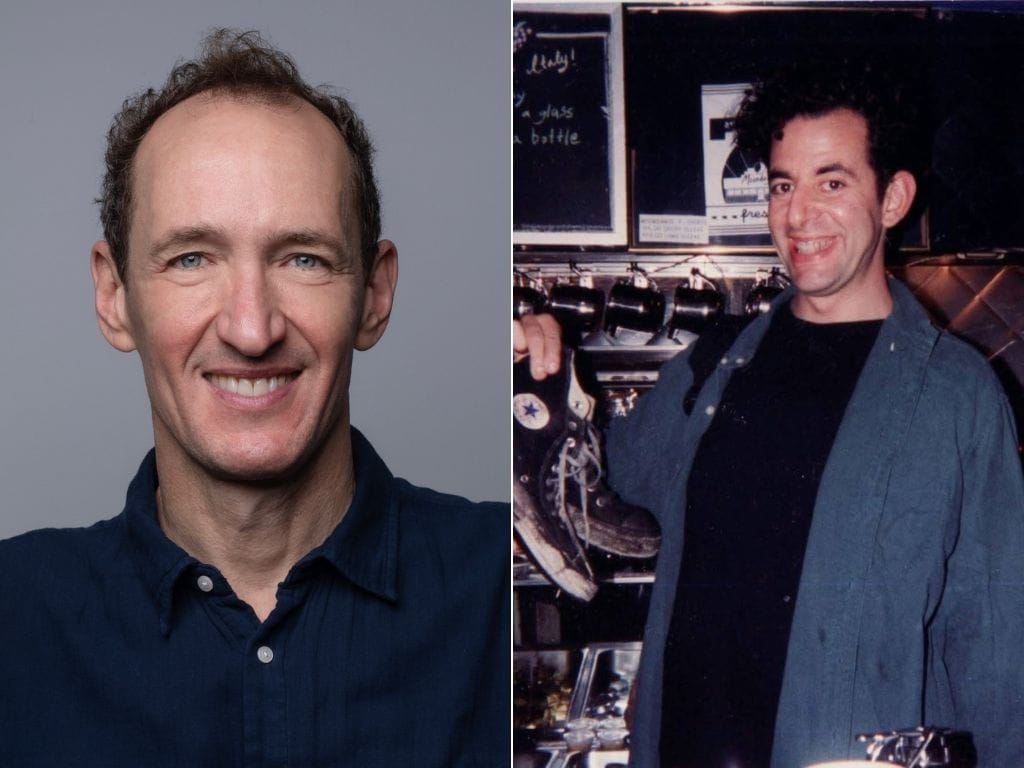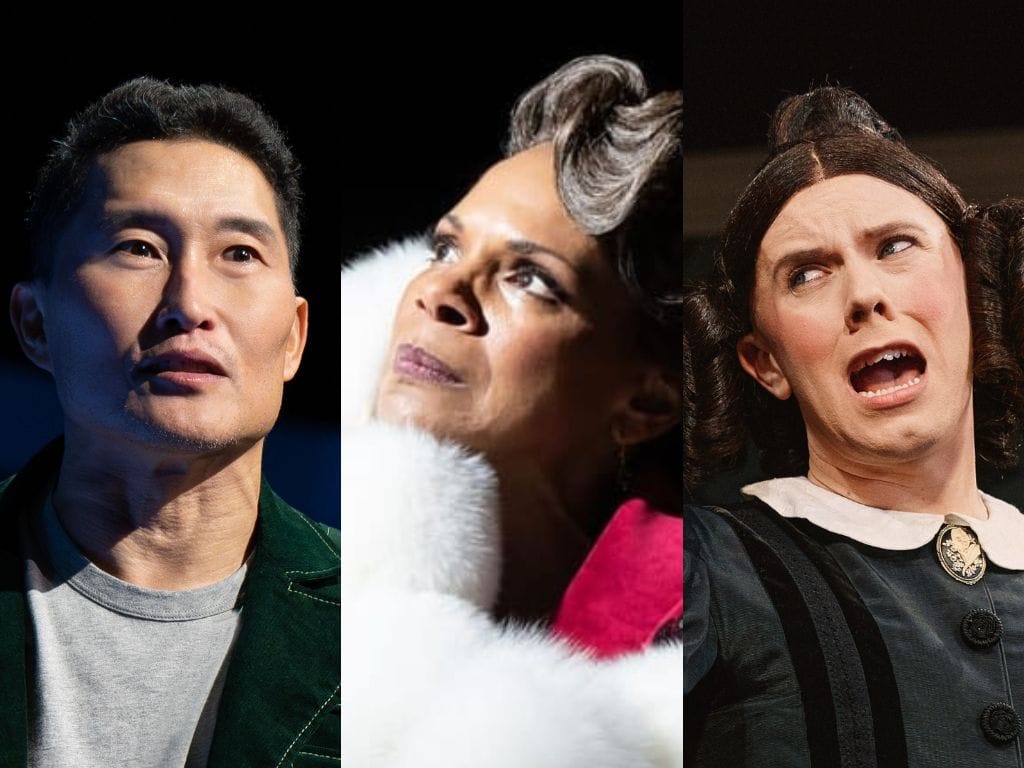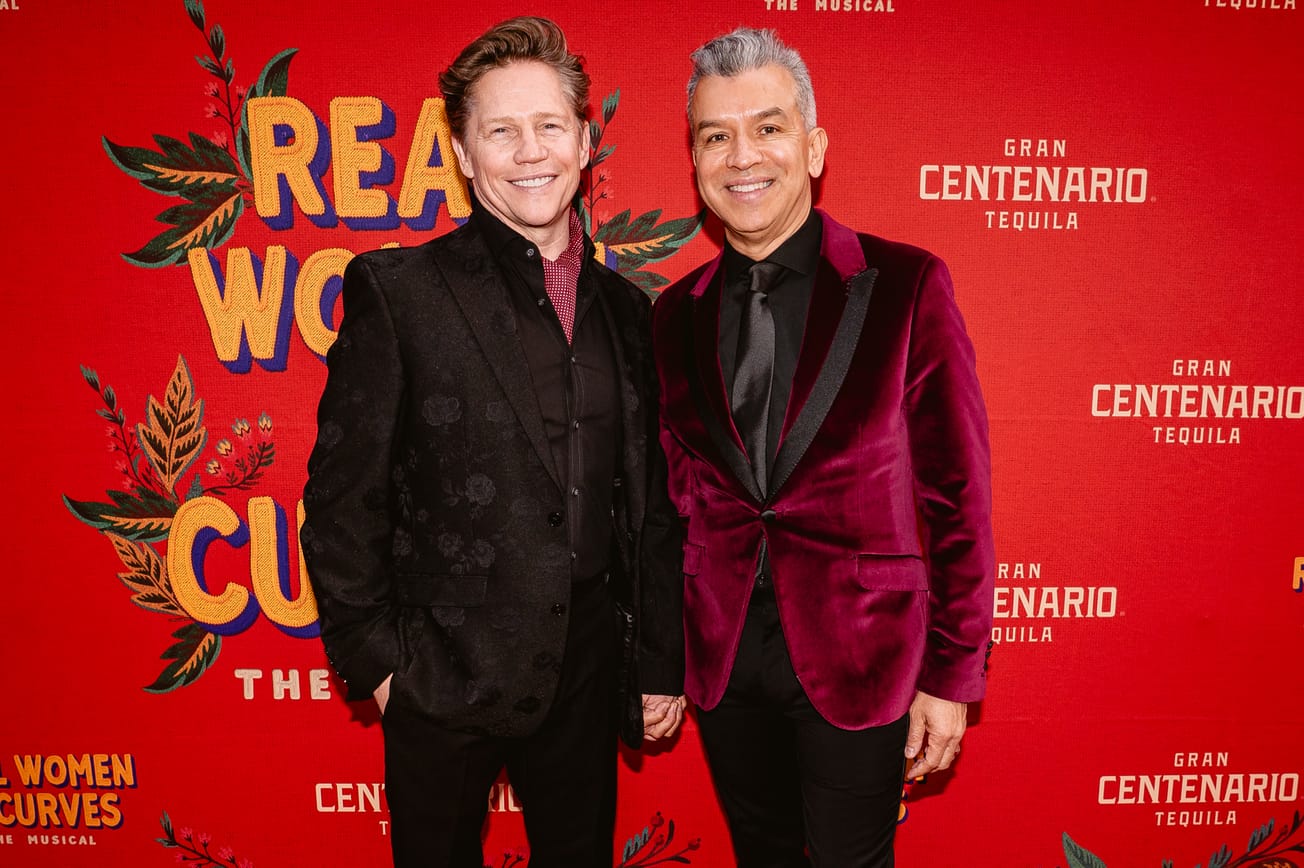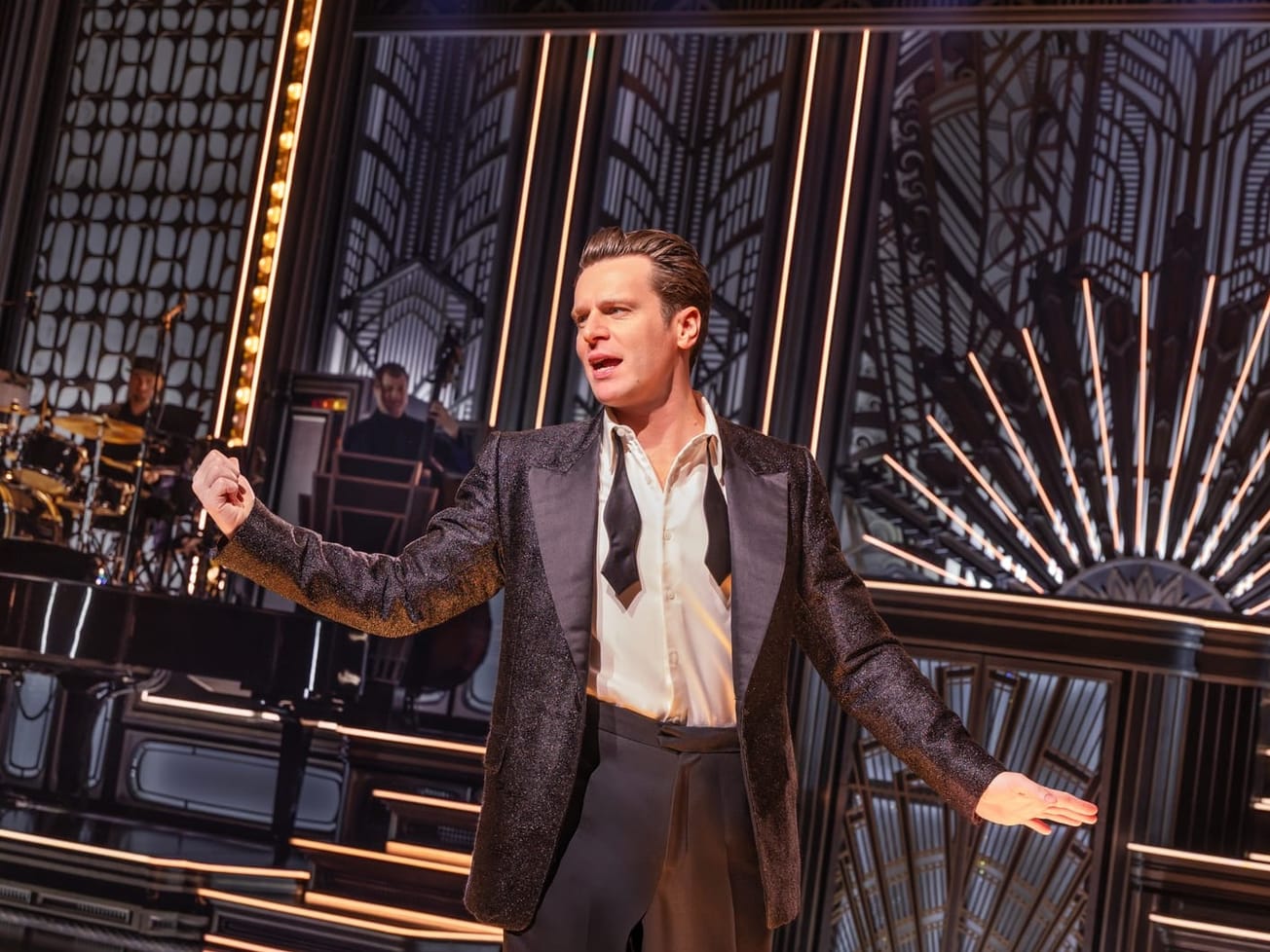In 1913, the Palace Theatre opened its doors on 47th Street and Broadway. Orpheum Circuit founder Martin Beck, for whom a different Broadway theater was later named (and has since been renamed the Al Hirschfeld Theatre), ran the space as a vaudeville house, showcasing performers like Sarah Bernhardt, Harry Houdini and Will Rogers. Vaudeville was so popular, in fact, that in those days, the front entrance was known as “the beach,” which, according to Lane, was “where up-and-coming performers would gather and sit on the pavement for hours … waiting to see if they could get a spot in the show if they could even get in to see the show on busy nights.” But the fanfare ebbed in the 1930s as vaudeville waned, and the venue became a cinema. In 1949, vaudeville returned to the Palace — but it was short-lived. In 1951, the theater transitioned back to a movie house.
James M. Nederlander arrived in New York City in 1965 and bought the Palace, renovating and reopening it as a Broadway house. Fifteen years later, Lane became co-owner of the theater (acquiring the stake previously owned by Rapid American). Today, not only does Lane still own a piece of the Palace, but he’s become the keeper of its history.
In his latest book, “It Happened at the Palace,” Lane chronicles the legacy of the iconic site, as well as the evolution of its home city, alongside more than 175 photographs. Lane shares untold stories about the art and the business behind the theater. In this exclusive excerpt, Lane describes the Palace’s 1960s reopening as a Broadway venue.
On Jan. 18, 1966, the lights went on, the curtain rose, and “Sweet Charity” began the first of 10 previews prior to opening night. The previews went very well, and finally, on Saturday, Jan. 29, the Palace was ready to officially reopen with all the grandeur and fanfare deserving of a palace.
A swarm of reporters and photographers were perched in front of the royal entrance where the beach was once the gathering place of Palace fans and celebrity wannabes. As celebrities approached the theater, a flood of flashbulbs summoned attention to the Palace, where a theatrical coronation was about to begin.
The grand reopening of the Palace was indeed a major event, especially around New York City, where the theater had once reigned supreme as the Valhalla of Broadway. Most of the competitive theaters that grew up near the Palace were long gone in favor of high-rise office buildings, luxury hotels and movie theaters. Yet, somehow, through the Great Depression, the demise of vaudeville and fierce competition from movies and television, the Palace had survived.
It was a packed opening night, with a number of celebrities in the house, including Ethel Merman and Milton Berle. Once again, an enthusiastic audience took in the celebrated theater as they had done a quarter of a century earlier for the premiere of “Citizen Kane” in 1941 and several decades before when the Palace opened in 1913.
Some members of the audience were there to see the latest work of what would become a legendary run of hit shows by Neil Simon, others who adored her as Lola in “Damn Yankees” turned out to see Gwen Verdon in her latest featured Broadway role. Some came anticipating the dazzling choreography of Bob Fosse (Verdon’s husband). But everyone who showed up in their finest attire on a cold, snowy night wanted to be part of history. As the curtain rose, all eyes were focused on the grand stage, under the enhanced lighting fixtures flanked by the elegant new décor. And just like that, once again, there was life on the Palace stage — yes, actual people performing. It was indeed the start of a new era.

